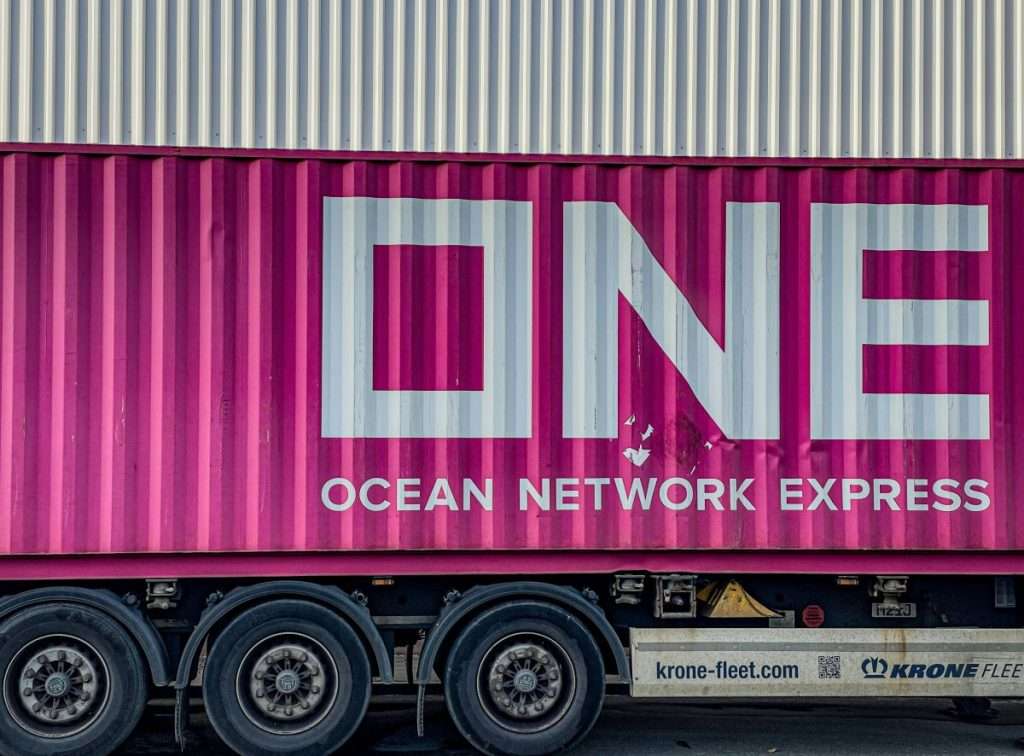As the supply chain industry gears up for the peak season of 2024, the focus is on making accurate projections and ensuring effective planning. Amidst the uncertainties, the ability to adapt quickly and efficiently will be the key to success.
The Current Landscape: A Mix of Challenges and Opportunities
The peak season of 2024 is expected to be slightly stronger than the previous year. However, the unpredictability of the market necessitates agility and adaptability. Inbound inventory is gradually increasing, with July being the strongest month so far. However, the volume of SKUs is decreasing as customers become more selective and price-sensitive. The ocean freight situation remains unstable, affecting peak season in various ways. Freight volume has shifted to U.S. West Coast ports due to diversions from the Red Sea and potential strikes on the East Coast. Vessel schedules have been severely impacted, leading to container shortages and high ocean rates.
Anticipating the Future: Educated Guesses and Expectations
Given the current market conditions, educated expectations can be formed about the upcoming peak season. With ongoing disruptions in major global trade lanes and potential strikes, volume shifts to the U.S. West Coast are expected to continue. Rate volatility remains a significant concern for the ocean freight industry. However, a normalization on the routings via the Suez Canal and Red Sea could eventually push rates down. The shorter shopping period will pressure cost-conscious consumers to buy earlier in the season. Some experts even anticipate a rise in consumer spending in the second half of 2024, which could test companies’ supply volumes.
Preparation is Key: Strategies for Peak Season Success
Flexibility and agility are crucial in navigating the peak season. Retailers can control their peak seasons with marketing and promotional plans that drive consumer purchases. Constant communication with supply chain partners is essential, given the dynamic nature of this year’s peak. Understanding your transportation network and delivery modes, and having contingency plans in place, are also important. Stress-testing your operations before peak can help identify potential issues and allow for timely course correction. Lastly, retailers should also prepare for the post-holiday period by solidifying their returns policy and identifying their partners quickly.
As the peak season approaches, it’s not too late to make final adjustments to ensure success during the most critical consumer sales period of the year.







